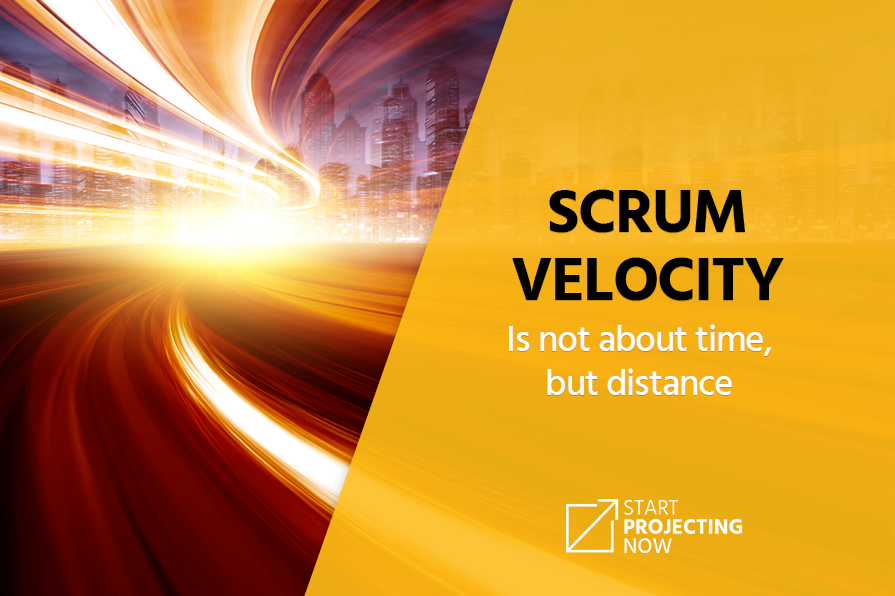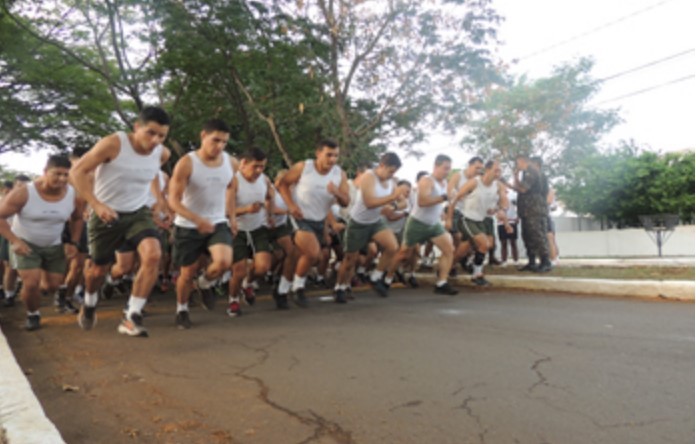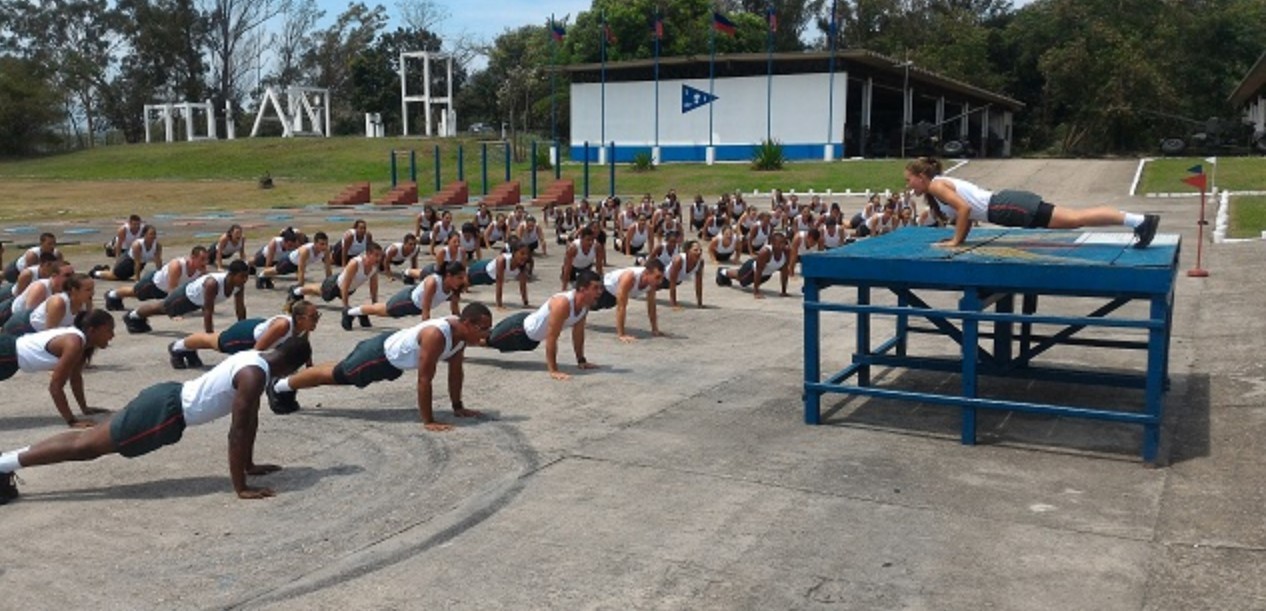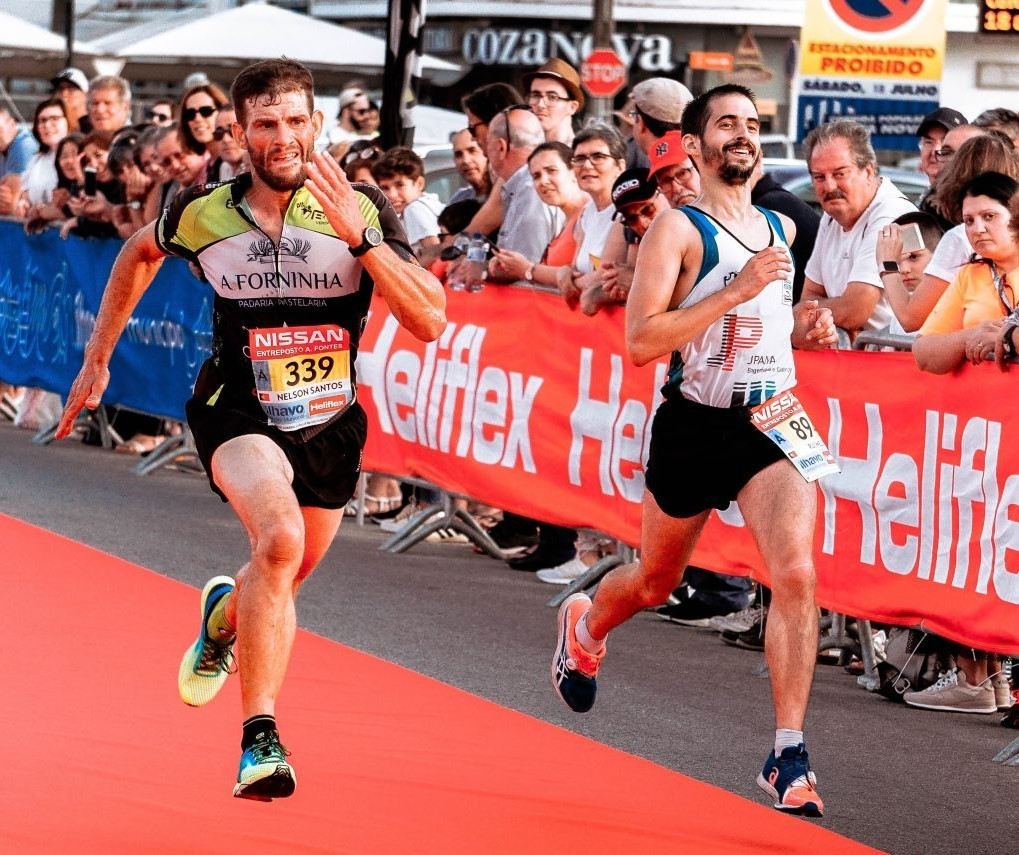Today, my post is a reflection about my physical training when I was in the Army and the way we calculate Velocity in Scrum. Velocity in Scrum is not about time, but distance. I hope you don’t feel bored reading it …
In 1984, when I was still a cadet on the official army course, one of the most anticipated days was the physical ability exam.
This exam classified the cadets according to the results of three tests: running, abdominal exercises and push-ups.
All these tests were time-boxed, which means, with fixed time. The race lasted 12 minutes and the abdominal exercises and push-ups lasted 01 minute each.
During this period, we had to perform as many repetitions as possible and run as far as possible.
But it was not enough to do an exercise anyway; it had to be done correctly, following well-defined movements, otherwise it would not count towards the final result. In other words, he had to comply with some conditions to be considered done.
The push-ups and abdominal tests were relatively easy as they only lasted a minute.
The biggest challenge was the 12-min race. During this time, we had a minimum distance to complete, but it did not have a maximum distance. This was the test that really defined the best students in the ranking.
The best students always managed to complete more than 3,000 m during those 12 minutes, but a large majority finished between 2,400 and 2,700 meters.
Anyone who did less than 2,400 meters would have to repeat the test another day, otherwise they would have an insufficient grade.
Over time, we end by improving our physical strength and adapting our trainings in addition to knowing the course of the race well.
This allowed us to run a greater distance with each physical test.
I realized that there was no point in starting to run extremely fast at the beginning and then having no resistance to complete the race.
It was important that I was able to maintain a constant pace during most of the race and in the end if I was in good condition then I would sprint faster to reach some marks that will put me in a better place.
35 years later
At that time, I didn’t imagine what Scrum was, but I already practiced some principles without even knowing it.
Scrum is like a physical education test.
- The product backlog was the list of tests to be carried out within a sprint of one day
- Each event has a time-boxed duration that cannot be exceeded.
- The execution of the activities had to follow a strategy of constant pace to get the best performance throughout the whole race.
- We should stay focused on our exercises to do the best we can.
- The final result depended much more on the pace and quality of the exercises than on the time required to do them.
- The more we trained, the greater the distance traveled, which generated more points and efficiency.
Velocity = Efficiency
In Scrum, Velocity is the number of features that we are able to deliver at the end of each sprint. These features must comply with all DONE criteria to be considered. If a feature is not considered DONE then it is not delivered.
In the same way it was in my physical test. If an exercise was not performed according to some performance rules it was not considered as DONE.
In the scrum as well as in my physical test, Speed has to be a proof of efficiency, that is, to do something well done in the shortest time.
In my running test, it was no use trying to complete 3,000 in 15 minutes. The maximum time I had was 12 minutes to run the longest distance possible. The result of my run depended much more on the distance I covered than on the time of the race.
Even though I knew that some colleagues would be able to run faster than me, I had to obey my pace to finish the race in the best possible way. Basically, it was not a competition, but a question of personal evolution.
Lead your team like an individual competition
A good scrum master knows how to motivate his team to improve their speed.
A scrum team must develop new skills and strengthen itself so that in the next sprint it will perform better than in the previous one.
It is necessary to make a good analysis at the end of each sprint and find ways to improve the performance to increase the distance covered.
There is no point in comparing the speed of a team with another team, as they are different people, with different knowledge and different performance.
The most important thing is that each team individually becomes better after each delivery. The Velocity is specific for each team.
Some teams will be able to finish 3,000 meters in 12 minutes, others will only run 2,400 meters. It’s alright.
Over time you will know what each team can do within a sprint.
Did you like it?
share it Didn’t you like it?
comment or leave your thoughts to improve it
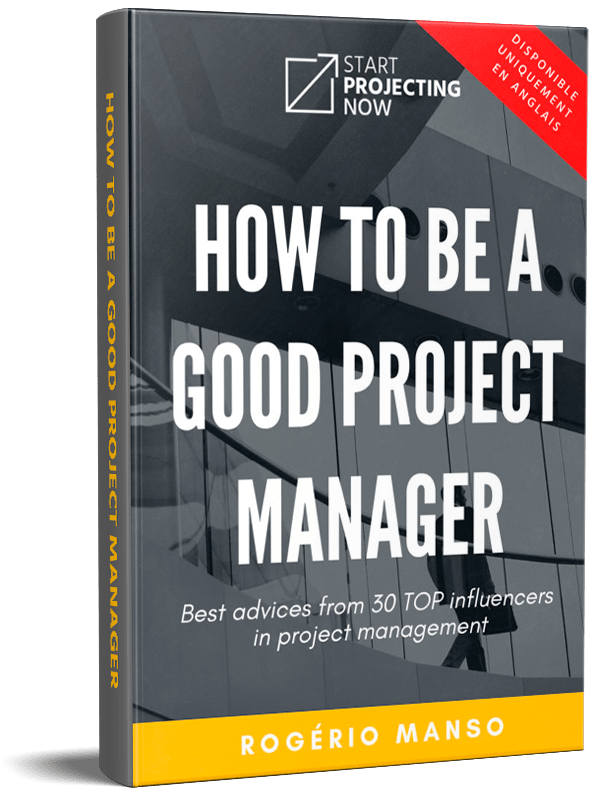
Download your FREE ebook 'HOW TO BE A GOOD PROJECT MANAGER'
Best advices from 30 TOP influencers in project management

